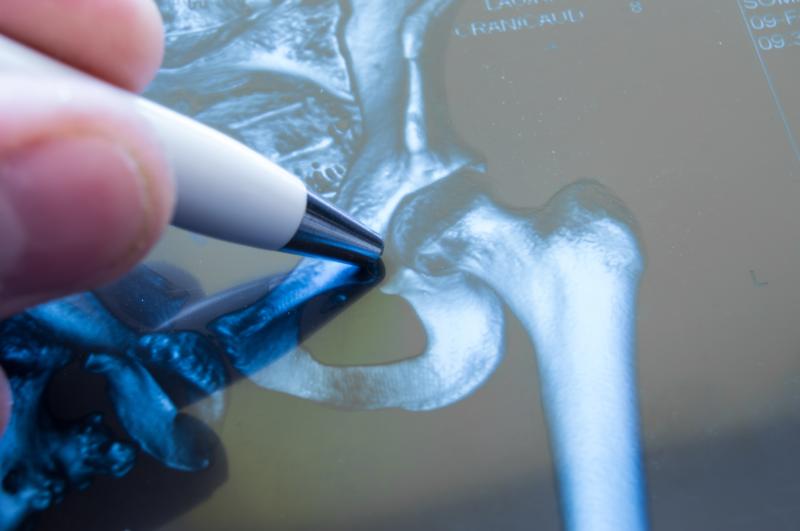
Treatment with denosumab in patients with osteoporosis and diabetes yields a substantial increase in bone mineral density (BMD) and a reduction in the risk of vertebral, but not nonvertebral, fractures, a study has found.
Researchers performed a posthoc analyses of the 3-year, placebo-controlled FREEDOM study and its 7-year extension phase. Of the 7,808 patients in FREEDOM, 508 had diabetes (266 in the denosumab arm and 242 in the placebo arm).
Compared with placebo, denosumab produced a significant increase in BMD in FREEDOM, with the increase during the extension phase, both in the continuing and crossover denosumab patients with diabetes.
Denosumab-treated patients with diabetes in FREEDOM developed new vertebral fractures with significantly less frequency compared with those who received placebo (1.6 percent vs 8.0 percent; risk ratio, 0.20, 95 percent confidence interval [CI], 0.07–0.61; p=0.001).
On the other hand, denosumab was associated with a higher incidence of nonvertebral fractures (11.7 percent vs 5.9 percent; hazard ratio, 1.94, 95 percent CI, 1.00–3.77; p=0.046) but fewer hip fractures among patients with diabetes.
During the first 3 years in the extension phase, the incidence rates of new vertebral and nonvertebral fractures were low in continuing and crossover denosumab diabetic groups (≤6 percent), consistent with patients without diabetes.
The rate of nonvertebral fracture in the placebo group was lower in patients with vs without diabetes.